#cone nebula
Text

Cone Nebula from Hubble
#space#nasa#hubble telescope#astrophotography#stars#cone nebula#night sky#solar system#universe#astronomy#cosmos#planet#galaxy
1K notes
·
View notes
Text

The Cone Nebula and the Christmas Tree Cluster // Ric Fulop
#astronomy#astrophotography#nebula#emission nebula#star-forming region#cone nebula#stars#star cluster#open cluster#christmas tree cluster#NGC 2264#monoceros
289 notes
·
View notes
Text

NGC 2264 Aka 'Christmas Tree Cluster'
Courtesy: NASA
#art#cosmos#cosmic#universe#blast#space#photography#stars#nasa#christmas tree#cluster#merry christmas#surreal#green#cone nebula#nebula#monoceros#x-ray#NGC 2264
219 notes
·
View notes
Text

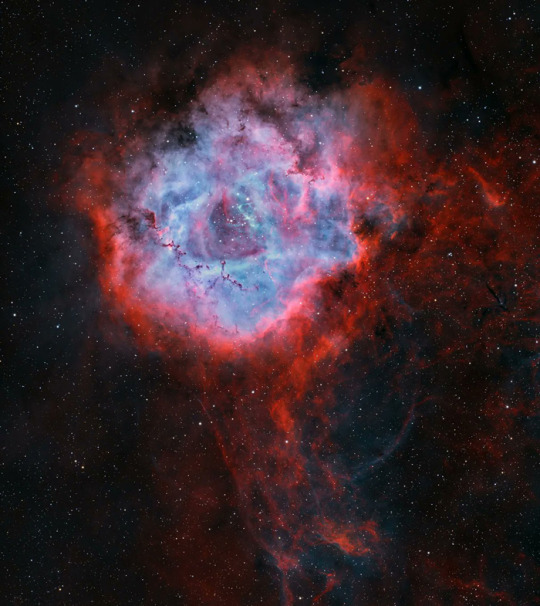
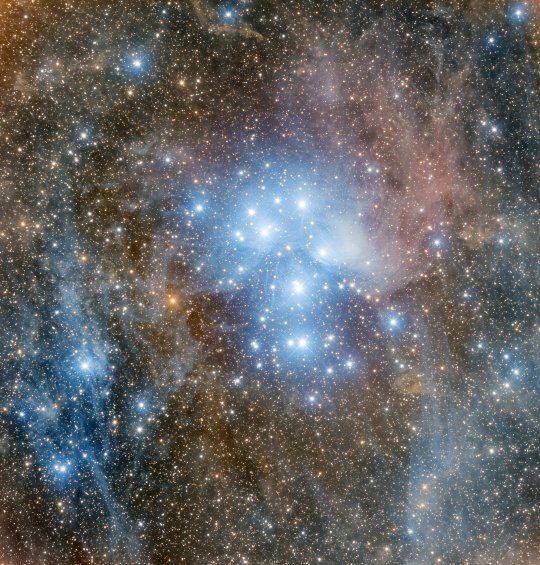
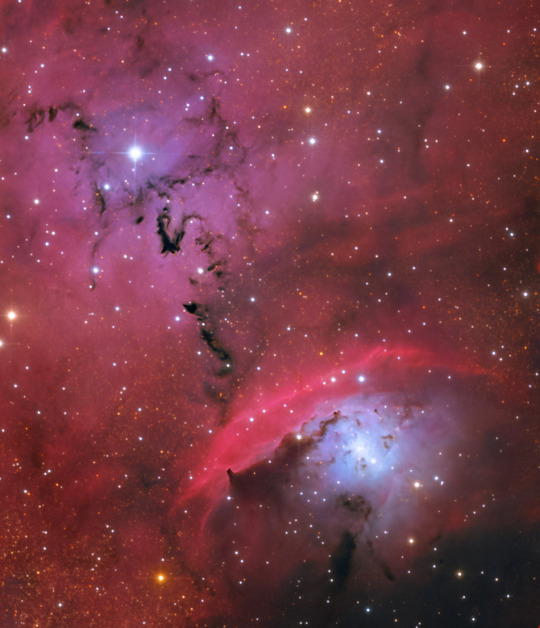
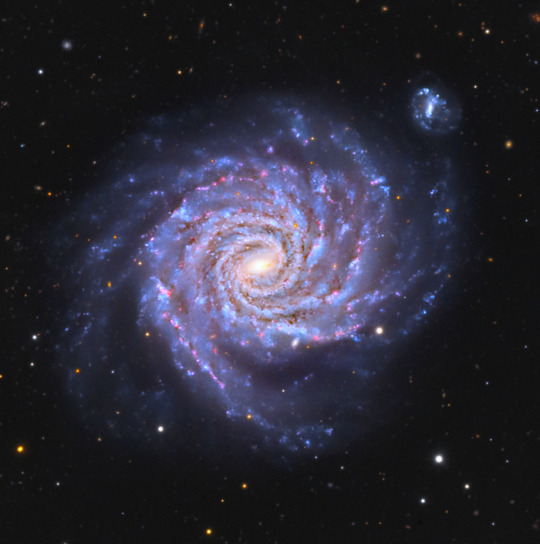
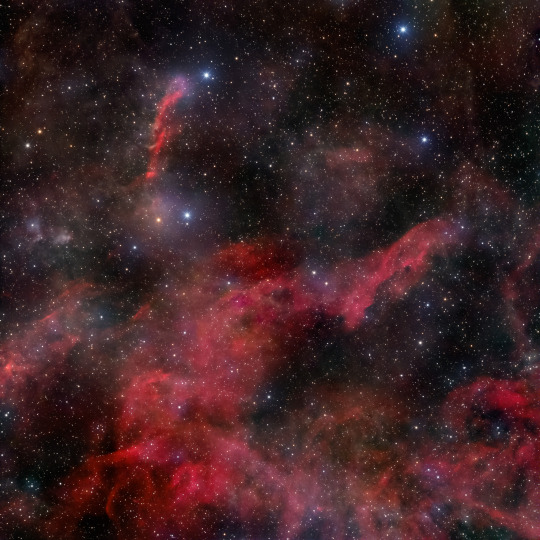
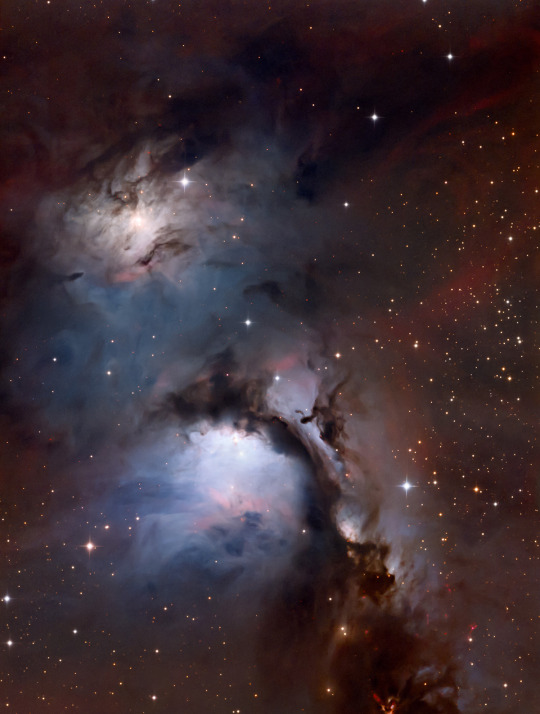

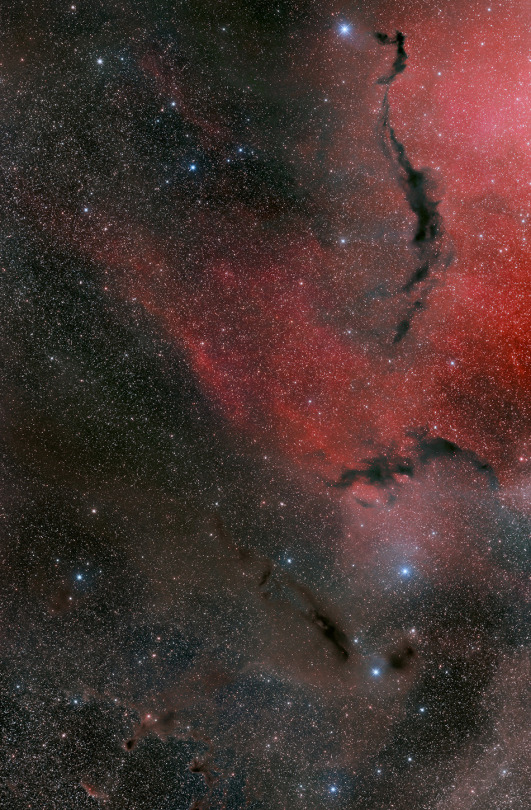
"The immense distances to the stars and the galaxies mean that we see everything in space in the past, some as they were before the Earth came to be. Telescopes are time machines." —Carl Sagan
all taken by Adam Block
#astrophotography#space#universe#stars#astronomy#nasa#galaxy#planets#night#sky#nebula#solar system#carl sagan#seven sisters#cone nebula
2K notes
·
View notes
Photo
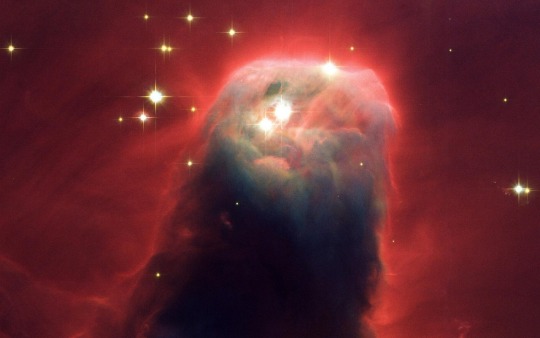
Cone Nebula
259 notes
·
View notes
Text

A Mysterious Cone Nebula - March 1st, 1996.
"Sometimes the simplest shapes are the hardest to explain. For example, the origin of the mysterious cone-shaped region located just below the center of the above picture remains a mystery. The dark region clearly contains much dust, which blocks light from the emission nebula and open cluster NGC 2264 behind it. One hypothesis holds that the cone is formed by wind particles from an energetic source blowing past the Bok globule at the head of the cone."
40 notes
·
View notes
Text
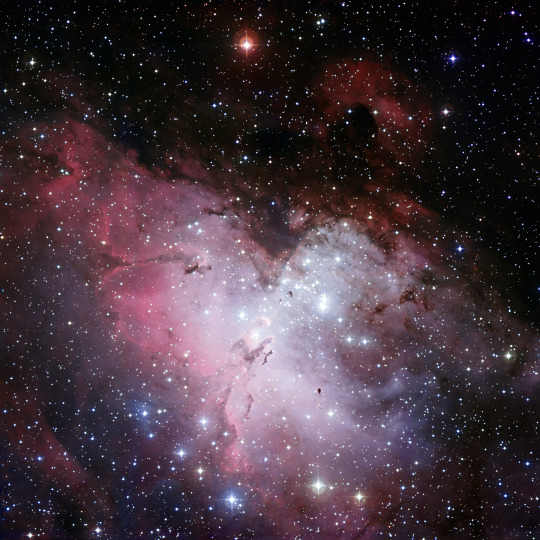
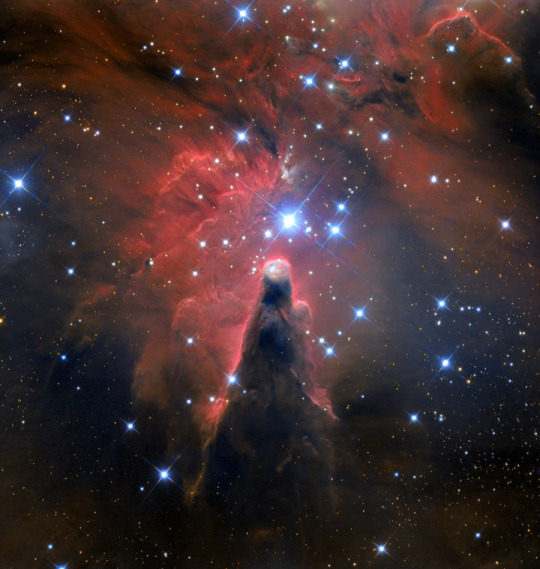
17 notes
·
View notes
Photo

Wide-Field Cone
122 notes
·
View notes
Text
NGC 2264: The Cone Nebula
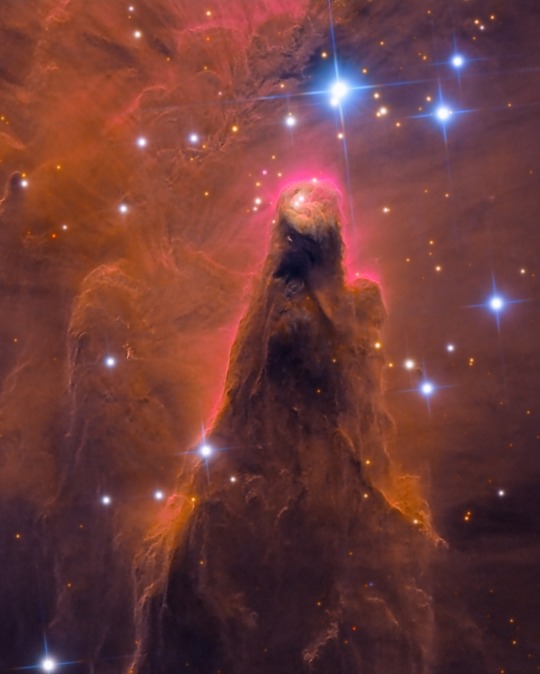
Stars are forming in the gigantic dust pillar called the Cone Nebula. Cones, pillars, and majestic flowing shapes abound in stellar nurseries where clouds of gas and dust are sculpted by energetic winds from newborn stars. The Cone Nebula, a well-known example, lies within the bright galactic star-forming region NGC 2264. The featured image of the Cone was captured recently combining 24-hours of exposure with a half-meter telescope at the El Sauce Observatory in Chile. Located about 2,500 light-years away toward the constellation of the Unicorn (Monoceros), the Cone Nebula's conical pillar extends about 7 light-years. The massive star NGC 2264 IRS, is the likely source of the wind sculpting the Cone Nebula and lies off the top of the image. The Cone Nebula's reddish veil is produced by glowing hydrogen gas.
Image Credit & Copyright: Matthew Dieterich
8 notes
·
View notes
Photo
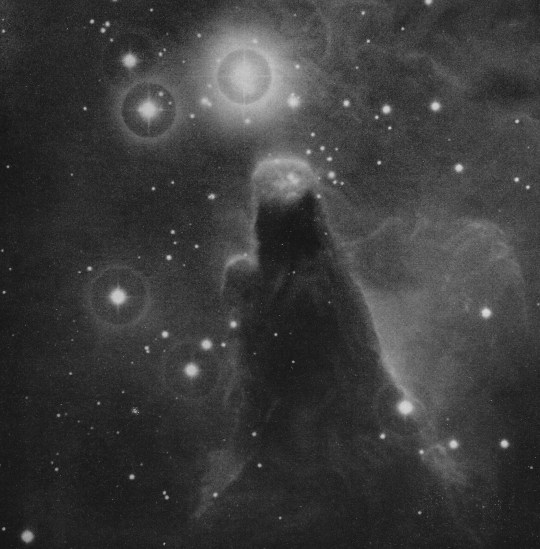
black dust
“Seen with the “Big Eye” cone nebula resembles a comet leaving wake of black dust.”
September 1950
Quote taken from original text included with the image in the magazine
7 notes
·
View notes
Text
Christmas Tree Cluster
A fascinating open star cluster with associated bright and dark nebulae.
… and the Cone Nebula
NGC 2264 Complex in Monoceros
Image exposure: 120 MinutesImage Size: 2.11 º x 1.4ºImage date:2024-03-05
The NGC 2264 complex is a huge nebula of hydrogen which forms a tenuous star-forming gas cloud approximately 25 light years across and some 2,300 light years distant. It also contains a dark nebula and an association of over a hundred hot young stars.
Most of the…

View On WordPress
#15 mon#15 Monocerotis#amateur astronomy#Astronomy#Christmas Tree Cluster#Cluster#Cone Nebula#Cosmic Focus Observatory#cosmos#deep sky#Double Star#Featured#HD 47839#HR 2456#image#LBN 911#Monoceros#nature#Nebula#NGC 2259#NGC 2264#open cluster#photography#S Mon#science#Skywatcher EQ6-R#Skywatcher esprit 120#space#Universe#ZWO ASI071
1 note
·
View note
Text
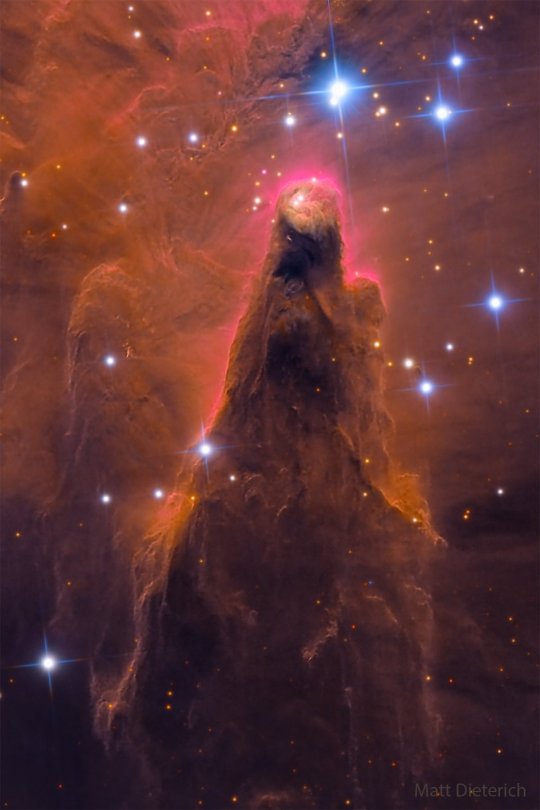
The Cone Nebula © Matt Dieterich
#nebula#space#cone nebula#astrophotography#nasa#universe#stars#night sky#astronomy#solar system#planet#galaxy#cosmos#planets
1K notes
·
View notes
Text

The Cone Nebula, the Christmas Tree Cluster, and the Fox Fur Nebula // Trinh Phuc Hong
#astronomy#astrophotography#nebula#diffuse nebula#emission nebula#star-forming region#stars#star cluster#open cluster#NGC 2264#cone nebula#christmas tree cluster#fox fur nebula#monoceros
130 notes
·
View notes
Photo
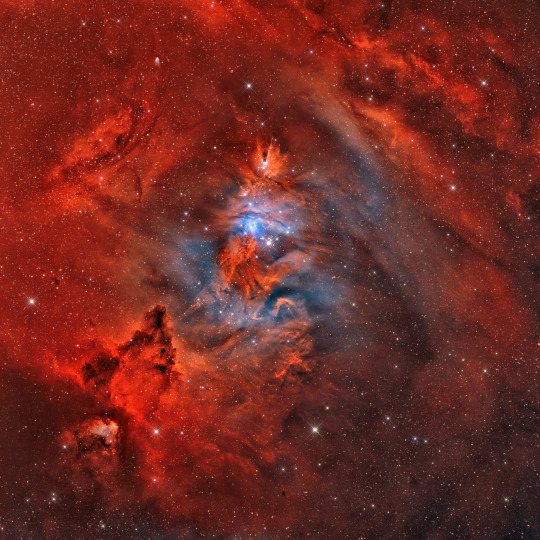
The Cone Nebula, Christmas Tree star cluster, and the Fox Fur Nebula in the constellation Monoceros
Image credit: Rolf Geissinger
#art#photography#astrophotography#nebula#cone nebula#star#cluster#cosmos#cosmic#universe#rolf geissinger#fox fur nebula#monoceros#constellation#stars#blast
66 notes
·
View notes
Text
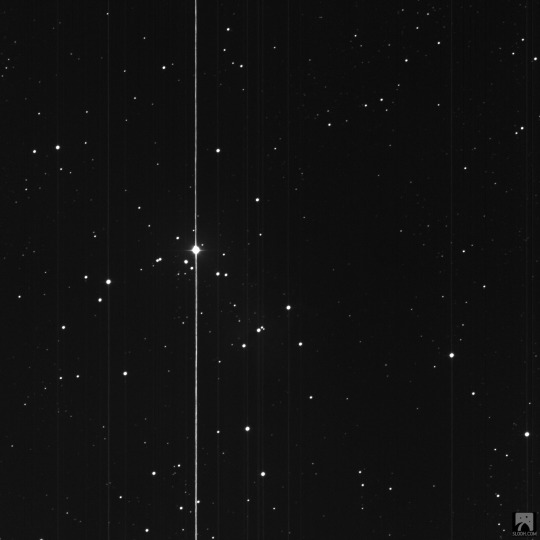

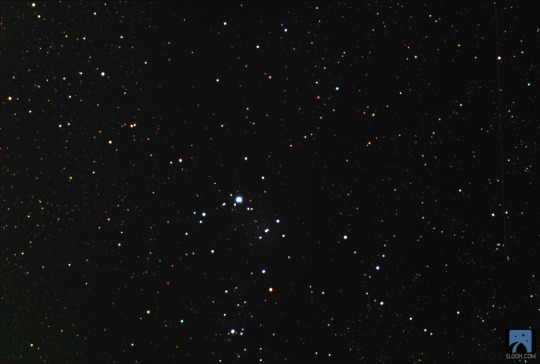
Christmas Tree Cluster and Cone Nebula (NGC 2264)
0 notes
Photo

Cone Nebula
35 notes
·
View notes